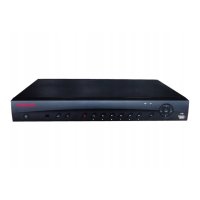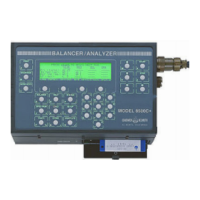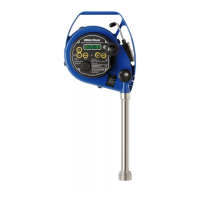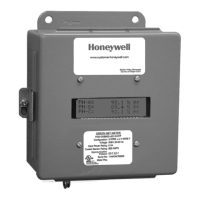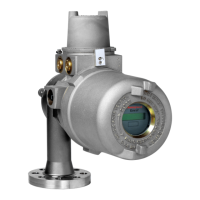www.honeywell.com/security
26 | Performance Series Full PoE Network Video Recorder User Guide
Features of the IP Cameras
Table 1-1 IP Cameras Features
Category Features
User Management • Different user rights for each group; each user belongs to
a specific group.
• User rights cannot exceed Group rights.
Storage • Supports central server backup that follows your
configuration and setup in Alarm or Schedule settings.
• Supports recording through the Internet. The recorded
files are stored on the client’s PC.
• Supports network storage, such as FTP.
Alarm • Responds to external alarms almost instantly (within 200
milliseconds), based on your pre-defined relay setup. You
can also configure a visual and/or noise prompt (if
supported by a pre-recorded noise) upon alarm
detection.
• Supports central alarm server setup, so that alarm
information can automatically and remotely notify users.
The alarm input can be derived from various connected
peripheral devices.
Network Monitor • The NVR supports the transmission of audio/video data
that is compressed by an IP camera, which is then
decoded for display. The delay time is less than 500 ms
(sufficient network bandwidth support is required).
• Supports a maximum of 10 connections.
• Compatible to broadcast audio/video with the following
transmission protocols: HTTP, TCP, UDP, MULTICAST,
RTP/RTCP.
• Transmits some alarm data or alarm information through
SMTP.
• Supports Internet access through the WAN.
Window Split • Video compression plus a digital process allows the NVR
to split the monitor screen to show four video channels at
the same time.
Recording • Supports a schedule for recording. The recorded files can
be saved in the HDD, on the client’s PC, or on a network
storage server. You can search and view the recorded
video that is stored locally or through the Internet
connection.
Backup • Supports backing up video, through the network, to a
USB 2.0 device. The recorded files can be saved on the
network storage server, on a peripheral USB 2.0 device,
or to a burner, for example.

